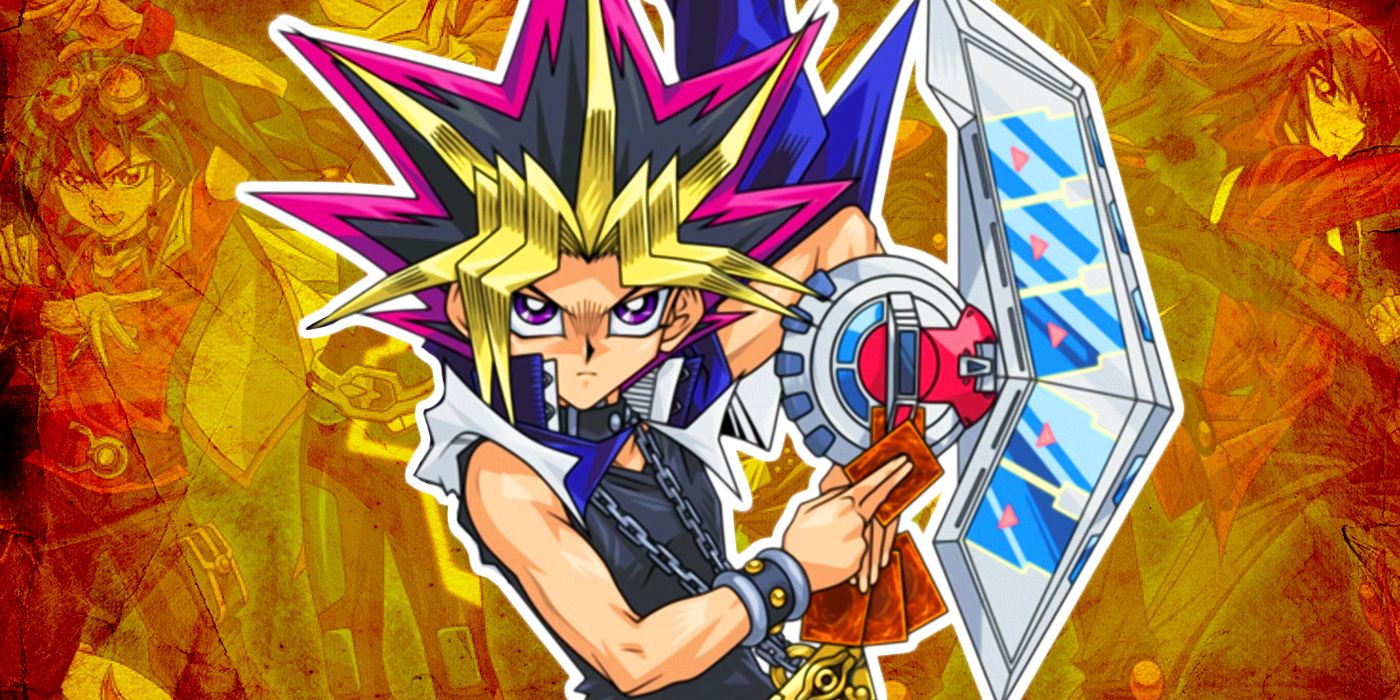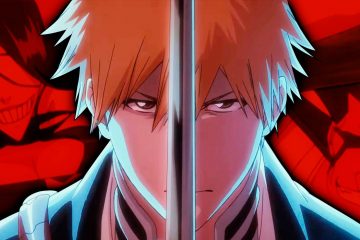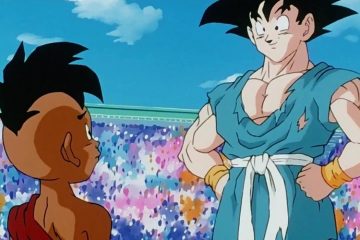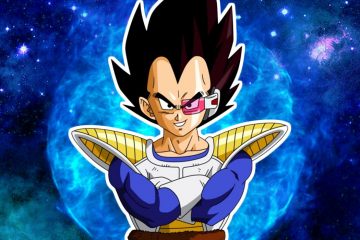When most people talk about the Yu-Gi-Oh franchise, they think about everything it has become. The first part is the wildly successful monster-based card game and its associated collecting, trading, and even hosted and well-attended competitions. There is also the kid-friendly anime series that gets rebooted every few years; this includes new characters and monsters for fans to enjoy. These aspects of the franchise have led it to be associated with and compared to similarly popular monster-collecting and taming series like Pokémon and Digimon. However, this interpretation and presentation of the franchise has led it to stray far from its roots.Yu-Gi-Oh was initially published in Weekly Shonen Jump. Many fans know about Yu-Gi-Oh’s manga origins and even how dark it was during its first few volumes, but the series is even more complex than readers or viewers might think. This source for the manga means it shouldn’t only be compared to the likes of Pokémon and Digimon — it also deserves to be compared to other popular manga published in Shonen Jump, including Dragon Ball, the Big Three, and other associable manga published in the magazine. Looking at Yu-Gi-Oh within the context of the Jump Catalog offers a much different perspective on everything surrounding the series and how fans view it. It could lead them to reconsider Yu-Gi-Oh’s storytelling, art, themes, genre, demographic, and style as they relate to its contemporaries.However, Yu-Gi-Oh took its story in a much different direction. Kazuki Takahashi wanted a protagonist who wouldn’t win fights by throwing a punch like most other Shonen protagonists. Instead, his conflicts would be resolved through games. The “fights” of this manga were more like battles of wits, like something one might see in JoJo’s Bizarre Adventure. It also had horror elements, which made it similar to Yu Yu Hakusho. Even when the series changed to center around (what should have been) harmless card games, it maintained its horror roots through sadistic villains and their twisted ways of raising the stakes, especially Shadow Games. Other manga in Jump had traces of these attributes, but none relied on them to carry their story as Yu-Gi-Oh did. It would be many years before readers would start to see more intellectually driven series in the magazine, like Food Wars, Dr. Stone, and The Promised Neverland. The closest things to successful strategic game manga at the time were Hikaru no Go and, again, JoJo’s Bizarre Adventure. This makes Yu-Gi-Oh a bold pioneer by Jump standards.
When most people talk about the Yu-Gi-Oh franchise, they think about everything it has become. The first part is the wildly successful monster-based card game and its associated collecting, trading, and even hosted and well-attended competitions. There is also the kid-friendly anime series that gets rebooted every few years; this includes new characters and monsters for fans to enjoy. These aspects of the franchise have led it to be associated with and compared to similarly popular monster-collecting and taming series like Pokémon and Digimon. However, this interpretation and presentation of the franchise has led it to stray far from its roots.
Yu-Gi-Oh was initially published in Weekly Shonen Jump. Many fans know about Yu-Gi-Oh’s manga origins and even how dark it was during its first few volumes, but the series is even more complex than readers or viewers might think. This source for the manga means it shouldn’t only be compared to the likes of Pokémon and Digimon — it also deserves to be compared to other popular manga published in Shonen Jump, including Dragon Ball, the Big Three, and other associable manga published in the magazine. Looking at Yu-Gi-Oh within the context of the Jump Catalog offers a much different perspective on everything surrounding the series and how fans view it. It could lead them to reconsider Yu-Gi-Oh‘s storytelling, art, themes, genre, demographic, and style as they relate to its contemporaries.
However, Yu-Gi-Oh took its story in a much different direction. Kazuki Takahashi wanted a protagonist who wouldn’t win fights by throwing a punch like most other Shonen protagonists. Instead, his conflicts would be resolved through games. The “fights” of this manga were more like battles of wits, like something one might see in JoJo’s Bizarre Adventure. It also had horror elements, which made it similar to Yu Yu Hakusho. Even when the series changed to center around (what should have been) harmless card games, it maintained its horror roots through sadistic villains and their twisted ways of raising the stakes, especially Shadow Games. Other manga in Jump had traces of these attributes, but none relied on them to carry their story as Yu-Gi-Oh did. It would be many years before readers would start to see more intellectually driven series in the magazine, like Food Wars, Dr. Stone, and The Promised Neverland. The closest things to successful strategic game manga at the time were Hikaru no Go and, again, JoJo’s Bizarre Adventure. This makes Yu-Gi-Oh a bold pioneer by Jump standards.
#YuGiOh #Underrated #Shonen #Jump #Classic
Note:- (Not all news on the site expresses the point of view of the site, but we transmit this news automatically and translate it through programmatic technology on the site and not from a human editor. The content is auto-generated from a syndicated feed.))



